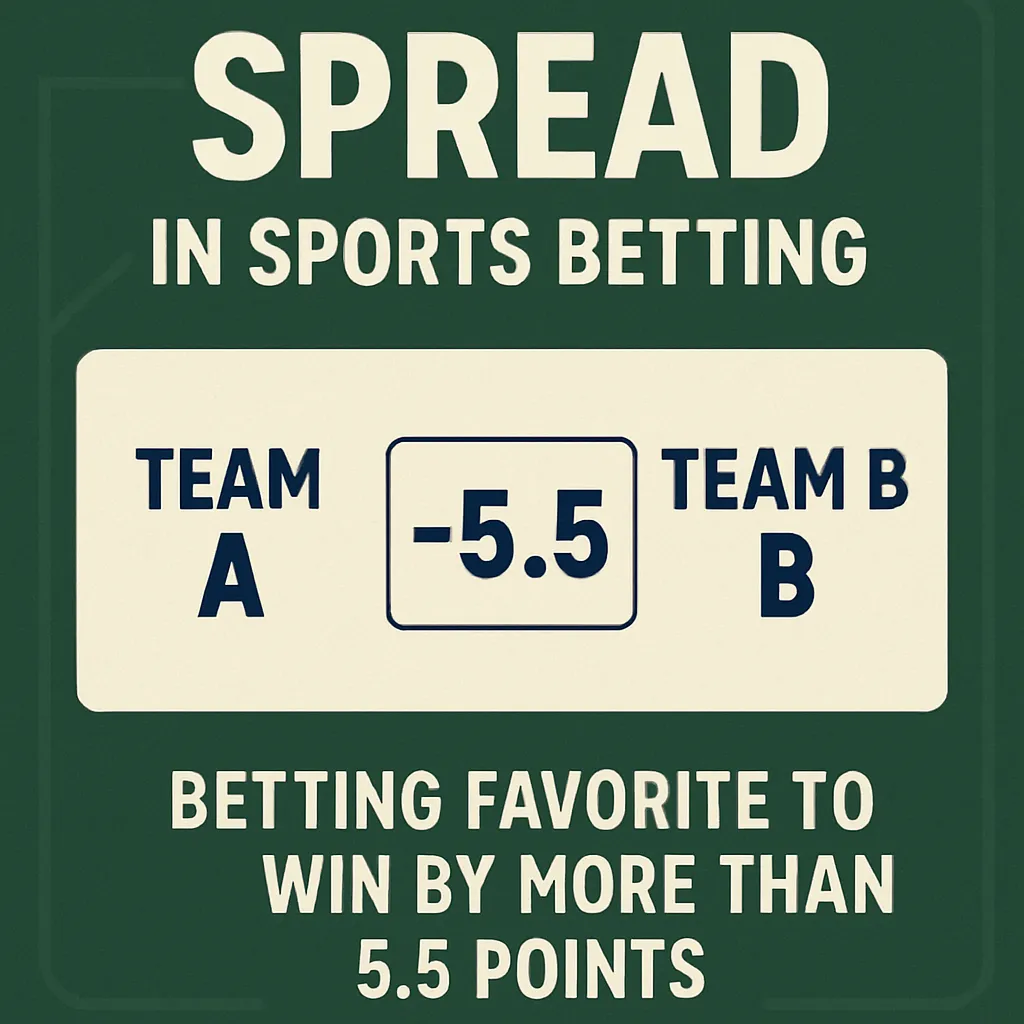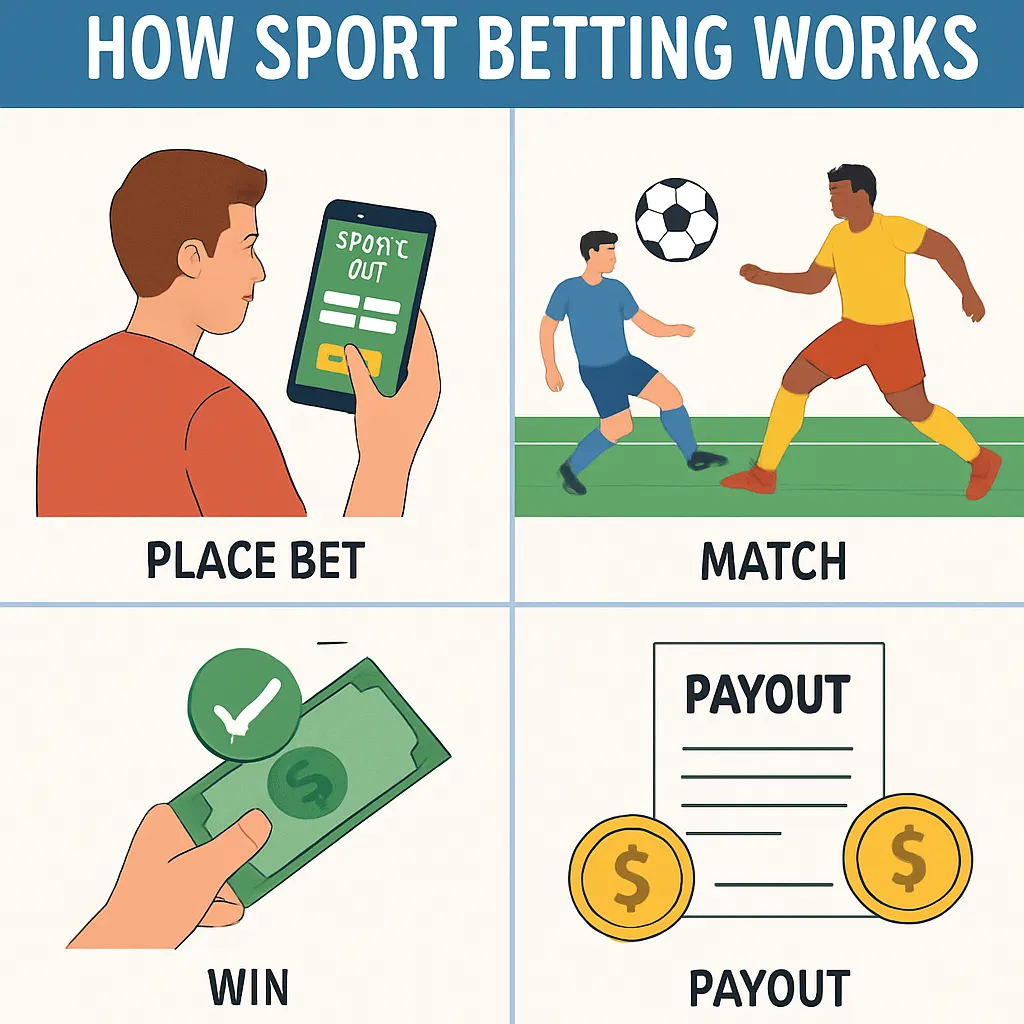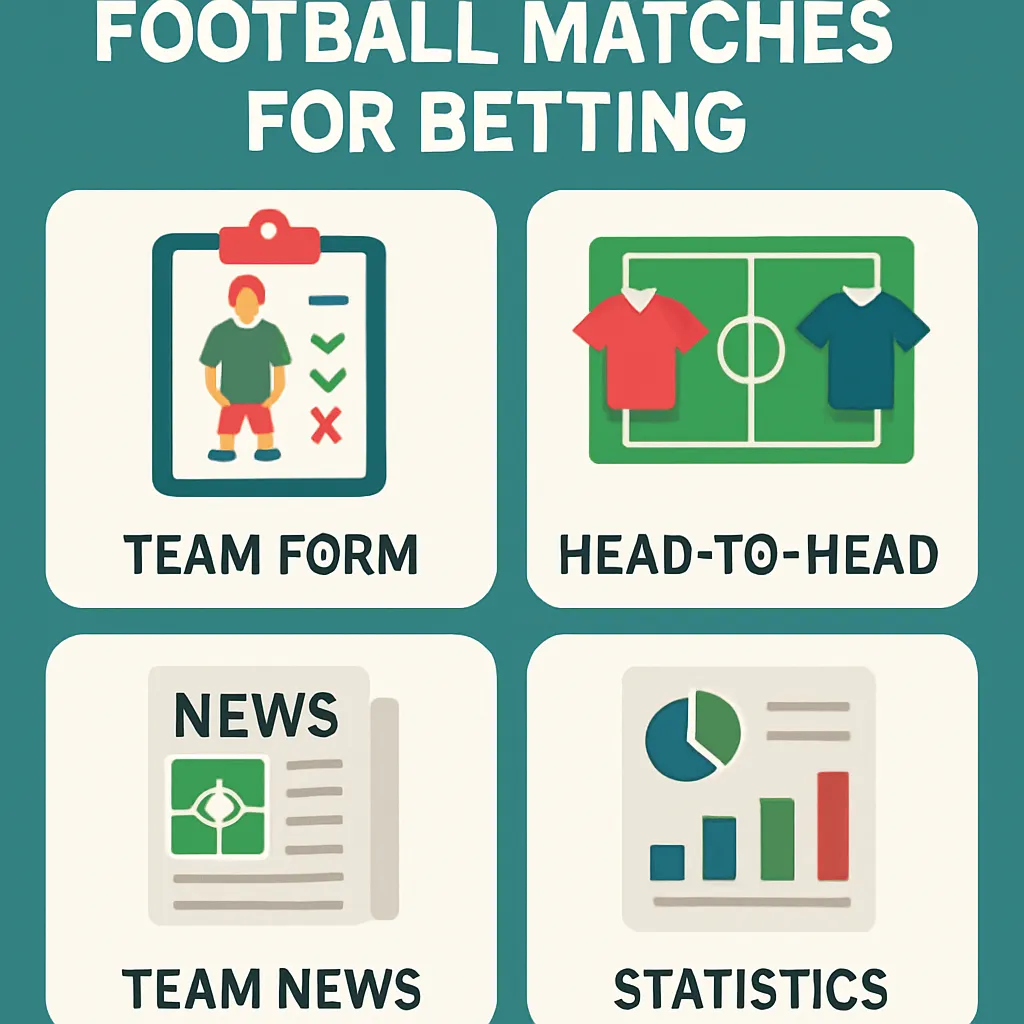In sports betting, the term “spread” refers to the margin by which one team is favored over another. This concept is fundamental to understanding how bookmakers balance betting action and manage financial risk. The spread is central to point spread betting, one of the most popular wager types in sports wagering markets. In this article, we will explore what a spread means, how it works, and why it matters for both beginners and seasoned bettors. Whether you’re curious about point spreads or over/under markets, gaining a clear grasp of spreads will improve your betting strategy. Let’s dive into the key components and mechanics behind spread betting.
Understanding the Basics of Sports Betting Spreads
Before placing a spread bet, it’s important to understand how spreads affect odds and potential payouts. Spread betting aims to level the playing field between two teams by assigning a handicap, which bettors must overcome to win their wager. This handicap is expressed in points for point spread bets or in total scoring lines for over/under bets. The spread ensures that action is distributed on both sides of a contest, reducing the bookmaker’s financial risk and creating balanced betting markets. Learning these basics will help you read betting lines and calculate potential returns. A solid grasp of spread fundamentals is essential for any bettor’s toolkit.
Definition and Importance of Spreads
A spread is essentially a statistical estimate that handicaps one competitor to create evenly matched betting options. In point spread betting, the favorite gives points, while the underdog receives points, making the final scoring margin pivotal. The importance of spreads lies in their ability to equalize betting interest, attract wagers on both sides, and minimize bookmaker liability. For bettors, understanding the spread’s impact on odds is crucial when evaluating which side offers value. By mastering spreads, you can better predict outcomes and manage bankroll risk. Ultimately, spreads transform one-sided contests into competitive betting opportunities.
Spread betting is distinct from moneyline bets, where wagering is simply on the outright winner. With spreads, even a favorite can lose a bet if it doesn’t win by more than the quoted margin. Conversely, underdog bettors can secure a payout if their team loses by fewer points than the spread or wins outright. This dynamic makes spread betting both challenging and engaging, requiring deeper analysis of team performance and scoring trends. The psychological element of overcoming a point handicap appeals to many bettors seeking more nuanced wagers. Recognizing the definition and importance of spreads will help you navigate betting markets effectively.
Common Terms and Acronyms in Spread Betting
Navigating spread betting terminology can be daunting at first, but familiarizing yourself with key acronyms simplifies the process. Below, we introduce common terms used by bookmakers and bettors alike. Understanding these phrases ensures you can interpret betting lines and place informed wagers. From “vig” to “juice,” each term has specific relevance in spread markets. Learning this vocabulary is a stepping stone to advanced spread betting strategies. Let’s examine some of the most frequently used terms in this arena.
- Vig / Juice: The bookmaker’s commission included in odds to guarantee a profit.
- Handle: The total amount of money wagered on a specific event or market.
- Cover: When a team wins by more points than the spread margin set by bookmakers.
- Push: A tie between the final score margin and the spread, resulting in refunded bets.
- Line Movement: Adjustments to the spread based on betting volume or new information.
Types of Spread Bets and How They Work
Spread betting encompasses various wager types, each with unique mechanics and payout structures. The two primary forms are point spread betting and over/under betting, also known as total betting. Point spread bets focus on the scoring margin between two teams, while over/under wagers predict total combined points. Both types apply a spread that influences payouts and betting strategy. Understanding how these bets work together with odds and juice is key to successful spread betting. Next, we’ll provide a comparative overview in tabular form.
| Bet Type | Definition | Key Characteristics |
|---|---|---|
| Point Spread | A handicap applied to the favorite and underdog based on expected scoring margin. | Requires favorite to win by more than the spread; underdog wins if within spread or outright. |
| Over/Under (Total) | A wager on whether the combined score will be over or under the bookmaker’s line. | Independent of which team wins; focuses solely on total points scored. |
| Handicap Betting | General term covering any spread or line that handicaps one side to balance betting. | Used across many sports and markets, including soccer and rugby. |
| Split Spread | A half-point spread adjustment split between two numbers (e.g., +3.5/+4). | Offers more flexibility; reduces likelihood of a push. |
Point Spread Betting Explained
Point spread betting is arguably the most popular form of spread wagering in sports betting. In point spreads, bookmakers assign a numerical handicap to the favorite and an advantage to the underdog. Bettors who back the favorite must win by more than the spread to “cover” and win their wager. Conversely, underdog bets pay out if the underdog loses by fewer points than the spread or wins outright. The standard point spread often comes with -110 juice on each side, meaning you must wager $110 to win $100. Mastering point spread betting requires analyzing scoring margin trends and team matchups comprehensively.
Effective point spread analysis involves studying team form, injuries, and head-to-head history. Bettors also monitor line movements for value, as early spreads may shift with news or heavy betting. Sharp bettors often seek out alternate spreads to adjust risk and potential payout. Parlaying point spread bets is another strategy, but it amplifies risk, as every leg must cover for a win. Understanding how point spreads translate into actual game scenarios is fundamental in developing robust sports betting strategies. Overall, point spread betting blends statistical analysis with market psychology.
Over/Under Betting Mechanics
Over/under betting, or total betting, revolves around predicting whether the total combined score of both teams will exceed or fall below a set line. Unlike point spreads, over/under wagers do not depend on which team wins. This makes total betting a powerful tool for bettors who specialize in scoring trends rather than game outcomes. The over/under line may be adjusted in response to weather conditions, injuries, or historical averages. Juice applies similarly as with point spreads, often at -110 per side, influencing potential returns. Over/under betting enhances your spread betting repertoire by focusing solely on total points markets.
Bettors use statistical models, team pace metrics, and historical scoring to project totals accurately. It’s common to find alternate total lines for different payout opportunities. Bettors can also hedge by placing smaller bets on the opposite side as a game progresses in live betting. Since over/under markets are less influenced by head-to-head matchups, they’re ideal for bettors who excel at analyzing offensive and defensive efficiencies. Integrating over/under betting with point spread analysis can diversify your wagering portfolio and manage overall risk. Ultimately, mastering both bet types is essential for comprehensive spread betting.
Evaluating and Managing Risks in Spread Betting
Managing risk is crucial in spread betting, where margins can be thin and juice impacts profitability. A balanced risk management approach includes disciplined bankroll allocation, value hunting, and strategic bet sizing. Spreading your bankroll across multiple bets reduces variance and protects against large losses. Sharpening your betting strategy involves tracking results, refining models, and learning from both wins and losses. By evaluating risk factors proactively, you can make more informed decisions and improve long-term profitability in spread betting. Let’s examine strategies tailored for beginners and pitfalls to avoid.
Key Strategies for Beginners
New bettors should focus on developing a clear strategy before placing spread bets. Research and data analysis form the foundation of any successful betting approach. Start by setting a weekly or monthly bankroll limit and stick to it diligently. Avoid betting on impulse or chasing losses, as emotional decisions often lead to poor outcomes. Instead, look for value spots where the spread seems off-market based on your analysis. Over time, refine your models and learn to read line movements effectively.
- Set a strict bankroll and only wager a small percentage per bet (e.g., 1–3%).
- Focus on one sport or league to deepen your expertise and statistical understanding.
- Compare spreads across multiple sportsbooks to find the best value.
- Use historical data and team trends to inform your wagers.
- Maintain a betting record to analyze performance and identify areas for improvement.
Common Mistakes to Avoid
Even experienced bettors can fall prey to mistakes that erode their bankroll over time. One frequent error is over-betting favorites without regard for juice or realistic scoring margins. Another is ignoring situational factors such as injuries, weather, or travel schedules that affect team performance. Many bettors also fail to shop for the best lines, leaving money on the table with suboptimal spreads. Overconfidence after a winning streak can lead to larger, riskier bets and significant losses. By recognizing these common pitfalls, you can refine your approach and safeguard your bankroll in the long run.
Additionally, bettors sometimes neglect to adjust their strategy when lines move significantly. Early line value can evaporate quickly, so it’s essential to strike at the right moment. Chasing parlays, while tempting for big payouts, multiplies risk and reduces overall win probability. Lastly, failing to maintain emotional discipline—such as chasing losses—can compromise decision-making. Awareness of these mistakes and proactive counter-strategies builds resilience in spread betting markets. With time and experience, avoiding these errors will become second nature.
Spread Betting Across Different Sports
Spread betting extends beyond football and basketball to a wide array of sports, each with unique betting markets and nuances. Football and basketball remain the most active in terms of point spreads and over/under betting, but sports like soccer, rugby, and baseball also offer handicaps and total markets. Understanding sport-specific factors—such as scoring frequency, pace of play, and statistical variances—is vital when adapting spread strategies. Let’s compare two of the most popular spread betting sports and explore adjustments for different leagues. This knowledge helps bettors diversify their portfolios and capitalize on varied betting markets.
Football vs. Basketball: Key Differences
Football and basketball spreads behave quite differently due to the nature of scoring and game tempo in each sport. In football, lower-scoring games and the influence of field position make slight point spreads impactful. Conversely, basketball’s high-scoring environment often leads to larger spreads and total lines. Football bettors analyze yardage stats, turnovers, and time of possession, while basketball bettors focus on pace metrics, shooting efficiencies, and matchup advantages. Furthermore, weather plays a significant role in football spreads but is negligible for indoor basketball games. Recognizing these contrasts allows bettors to tailor their analytical models and adjust risk accordingly.
Betting limits and available markets can also differ by sport, with football offering diverse proposition bets and basketball featuring live spread adjustments more frequently. The frequency of games is higher in basketball, enabling more data-driven overlays and in-season adjustments. Football’s weekly schedule means fewer data points, increasing the importance of pregame research. Understanding which sport aligns with your analytical strengths enhances your spread betting success. Both sports present abundant opportunities, but mastering their unique characteristics is essential.
Adapting Strategies to Different Leagues
Beyond major U.S. sports, international leagues and niche markets offer specialized spread betting options. Soccer handicap betting and rugby spreads operate on goal and point lines rather than large scoring margins. Baseball run lines function similarly to point spreads but often include unique payout structures. Even esports now feature spreads and totals, with odds reflecting game-specific performance metrics. Adapting your approach to each league requires understanding its pace, scoring distributions, and statistical tendencies. Additionally, regional betting regulations and market liquidity can influence available spreads and juice.
Diversifying across leagues also helps manage risk by spreading bets across uncorrelated events. For instance, a downturn in football betting fortunes might be offset by success in basketball or soccer markets. Always adjust your bankroll allocation and analysis techniques when exploring new sports. Engage with league-specific data sources and follow expert analyses to refine your methodology. By staying flexible and informed, you can leverage spread betting opportunities across a multitude of sports.
Spread betting offers an engaging way to wager on sports by balancing handicaps and emphasizing statistical analysis. Whether you’re betting the point spread, over/under totals, or exploring handicap markets in international leagues, mastering spreads enhances your potential returns and deepens your enjoyment of the game. Remember to manage your bankroll responsibly, shop for the best lines, and continuously learn from both successes and mistakes. With these insights, you can approach spread betting with confidence and precision. If you found this guide helpful, please share it with fellow bettors and explore beginner-friendly sportsbooks to start putting these strategies into practice.



